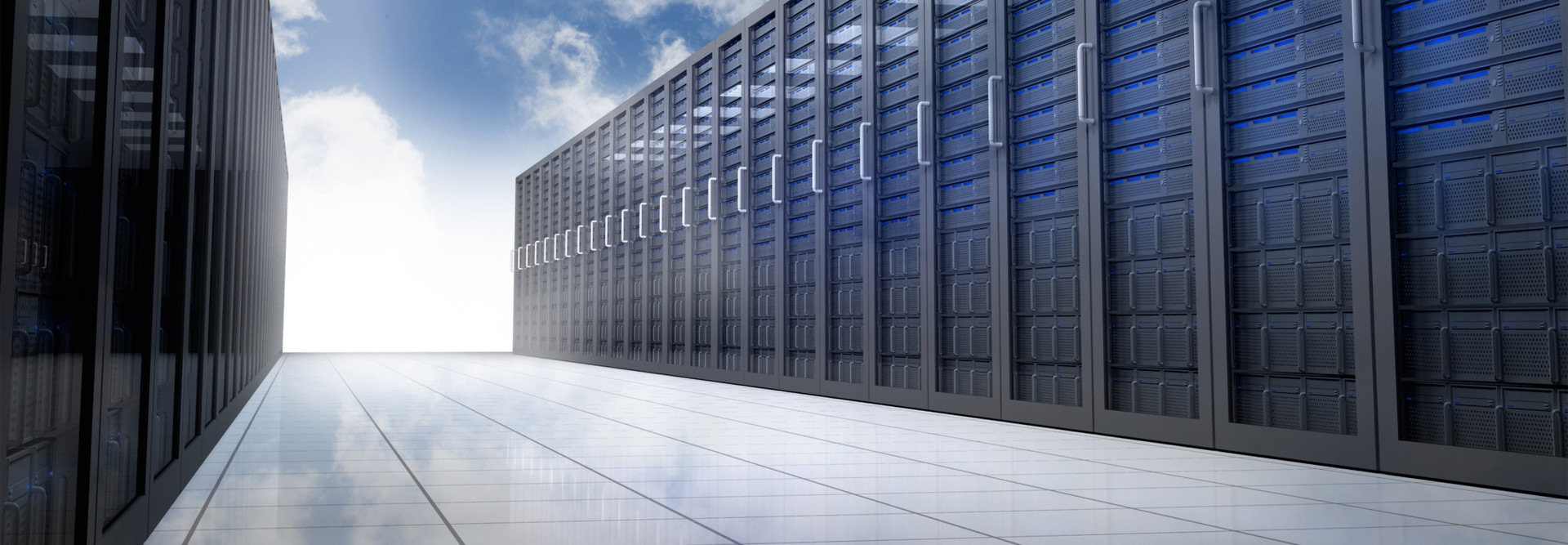Why Retailers Need a Robust IT Infrastructure
Retailers face an ever-evolving shopping environment and daunting competition in which customers have more options than ever before. By taking advantage of the latest technologies, a retailer can thrive in this environment.
For example, point-of-sale (POS) and mobile technologies can greatly improve customer service and enhance the experience for shoppers. Meanwhile, Big Data analytics can improve decision-making and streamline operations, while customer relationship management (CRM) software can boost sales. The variety of retail technologies is wide, and the benefits they deliver can provide a significant advantage over retail competitors.
Yet, before investing in and deploying any new technologies, a retailer must ensure that its back-end IT infrastructure is capable of supporting the new demands that will be placed on it. The technologies that can enhance customer experience, improve sales and boost efficiency can’t do their job if they’re not supported by the right network and data center investments — which means that a retailer won’t be able to maximize its investments in next-generation IT.
Networking
Networks have become the retailer’s central nervous system, delivering essential data to business systems, employees, suppliers, stores, branch offices and customers. Retailers without fast, efficient and reliable wired and wireless networks operate at a critical business disadvantage.
A retailer’s enterprise network must fully support machine-to-machine communication, interconnecting POS systems, digital signage, inventory tracking technologies, mobile devices and an ever-expanding array of other technologies with corporate IT resources.
The more demands a retailer places on its network in terms of data and users, the more bandwidth it needs to ensure adequate performance. A bandwidth-strained network wastes both time and money, leading to frustrated users and customers who must cope with slow and unreliable performance. To ensure adequate bandwidth, the retailer must estimate current needs under various conditions as well as likely future demands.
As wireless networks become faster, more reliable and increasingly secure, many retailers are turning to the technology for general business use as well as to provide Wi-Fi service to customers. A wireless network is generally less expensive to deploy and maintain than a wired network, since it eliminates the need to install costly cables throughout offices and stores. The emerging 802.11ac standard offers speeds approximately three times faster than its predecessor, 802.11n.
Data Centers
Data centers are evolving rapidly as cloud computing continues to virtualize a growing number of IT resources, including servers, storage and even network components. Although the conventional data center is far from dead, a growing number of retailers are transitioning toward less expensive, more compact facilities that make maximum use of several rapidly maturing cloud technologies.
Cloud-based models: Many IT operations traditionally located inside data centers are now moving into provider-hosted cloud environments. Software as a Service, for example, is a popular cloud delivery model with a track record extending back over a decade. With SaaS, virtually any type of business application can be hosted by a vendor or service provider and made available to users via the Internet. SaaS’s prime benefit is that it frees the retailer from complex software and hardware management.
Infrastructure as a Service is another popular cloud delivery model. IaaS allows retailers to gain maximum flexibility and agility in the utilization of IT hardware resources, such as servers and storage systems, which are hosted by an offsite provider. The approach enables retailers to rapidly deploy or even open several new stores, supply solutions that meet new business requirements and pay for resources as needed.
Converged infrastructure: Many retailers are turning to the converged infrastructure model as a platform on which to build their data centers. A converged infrastructure integrates multiple IT technologies, such as servers, storage, networking equipment and software applications, into a single, comprehensive solution.
Many retailers find value in the simplicity of a converged infrastructure, integrated by a single vendor or built according to a vendor’s predesigned templates, as opposed to conventional IT infrastructures that are assembled from multiple vendors’ products.
Converged infrastructure solutions also simplify hardware repairs, software updates and many other routine data center operations, because a single party handles all technical support activities. Converged infrastructures are often deployed in the form of a modular data center, featuring preinstalled server racks and other IT equipment, designed for easy drop-off and deployment.
Disaster recovery and business continuity: Every retailer needs a disaster recovery/business continuity plan to protect its IT infrastructure — including servers, networks, devices, data and connectivity — at an alternative site after a major system disruption caused by fire, flood, earthquake or any other type of natural or man-made calamity. After successfully transferring systems, the goal is to recover, restore and test affected systems, and then to place them back in service.
According to the Federal Emergency Management Agency, recovery strategies should be developed to anticipate the loss of one or more of the following system components:
- Data center environment (including a secure computer room with climate control and backup power supply)
- Hardware (networks, servers, desktop and notebook computers, wireless devices and peripherals)
- Connectivity to a service provider (such as fiber, cable or wireless)
- Software (such as email, enterprise resource planning and office productivity applications)
- Data
For more information on the front- and back-end tools that help boost sales and efficiency, read the white paper “Driving Retail Success with Technology Innovation.”








